Flavor Diversification
Flavor diversification is emerging as a significant driver in the 3-in-1 Beverage Market. Consumers are increasingly seeking unique and varied flavor profiles that go beyond traditional offerings. This trend is reflected in the introduction of innovative flavors such as mocha, hazelnut, and caramel, which cater to diverse taste preferences. Market data suggests that flavored 3-in-1 beverages have seen a growth rate of approximately 10% in recent years, indicating a strong consumer appetite for variety. As brands strive to differentiate themselves in a crowded market, the ability to offer a wide range of flavors may become a crucial factor in attracting and retaining customers. This emphasis on flavor innovation is likely to play a pivotal role in shaping the future of the 3-in-1 Beverage Market.
Health-Conscious Innovations
In the 3-in-1 Beverage Market, there is a growing trend towards health-conscious innovations. As consumers become more aware of their dietary choices, manufacturers are responding by reformulating products to include healthier ingredients. This includes the introduction of low-calorie, sugar-free, and organic options that appeal to health-oriented consumers. Recent market analysis indicates that the demand for healthier beverage alternatives has increased by 15% over the past year. Additionally, the incorporation of functional ingredients, such as vitamins and minerals, is becoming more prevalent, as consumers seek beverages that offer added health benefits. This shift towards health-conscious products is likely to reshape the competitive landscape of the 3-in-1 Beverage Market, as brands that prioritize health and wellness may gain a competitive edge.
Convenience and On-the-Go Consumption
The 3-in-1 Beverage Market is experiencing a notable surge in demand due to the increasing preference for convenience among consumers. As lifestyles become busier, individuals seek quick and easy beverage options that require minimal preparation. This trend is particularly evident in urban areas, where the fast-paced environment drives the need for on-the-go consumption. According to recent data, the convenience segment of the beverage market has shown a growth rate of approximately 8% annually. The 3-in-1 beverage, which combines coffee, creamer, and sugar in a single sachet, caters perfectly to this demand, allowing consumers to enjoy their favorite drinks without the hassle of multiple ingredients. This convenience factor is likely to continue influencing purchasing decisions, making it a key driver in the 3-in-1 Beverage Market.
E-commerce Growth and Digital Marketing
The rise of e-commerce is significantly impacting the 3-in-1 Beverage Market. With the increasing penetration of the internet and mobile devices, consumers are increasingly turning to online platforms for their beverage purchases. This shift has prompted brands to enhance their digital marketing strategies to reach a broader audience. Recent data indicates that online sales of beverages have grown by over 20% in the past year, highlighting the importance of e-commerce in the beverage sector. As consumers seek convenience and variety, the ability to purchase 3-in-1 beverages online is likely to drive sales growth. Furthermore, effective digital marketing campaigns can create brand awareness and foster customer engagement, making e-commerce a vital driver in the evolving landscape of the 3-in-1 Beverage Market.
Sustainability and Eco-Friendly Packaging
Sustainability is becoming an increasingly important consideration in the 3-in-1 Beverage Market. As environmental awareness rises, consumers are more inclined to choose products that align with their values regarding sustainability. This has led to a growing demand for eco-friendly packaging solutions, such as biodegradable or recyclable materials. Recent studies indicate that approximately 60% of consumers are willing to pay a premium for products that utilize sustainable packaging. Consequently, manufacturers are investing in innovative packaging technologies to meet this demand, which may enhance brand loyalty and attract environmentally conscious consumers. The focus on sustainability is likely to influence product development and marketing strategies within the 3-in-1 Beverage Market, as brands seek to position themselves as responsible and eco-friendly.


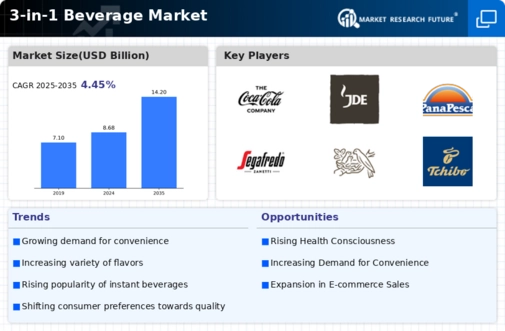
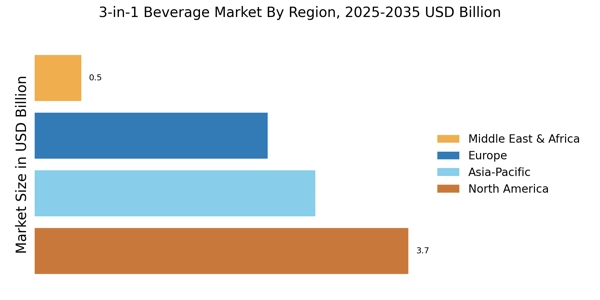
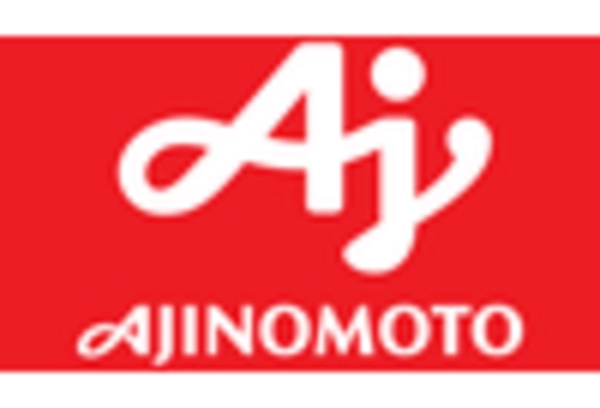
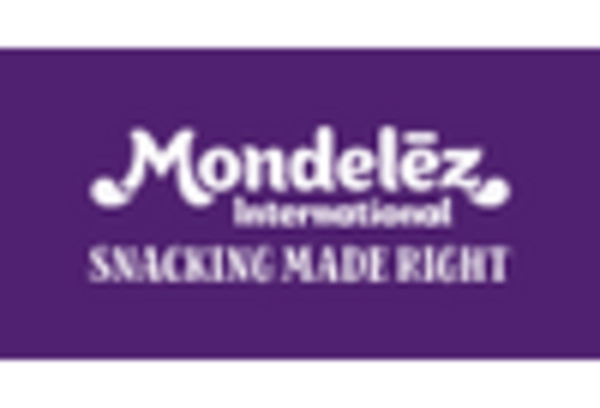

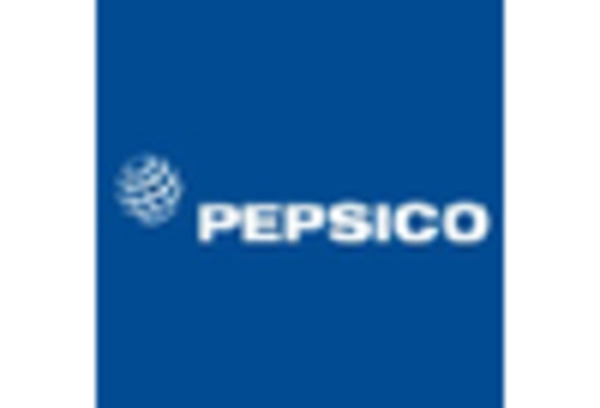
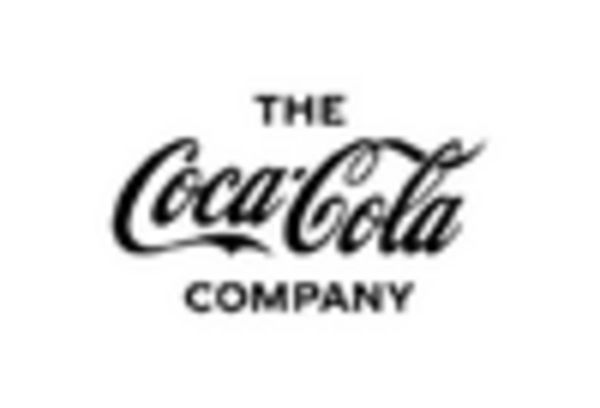









Leave a Comment